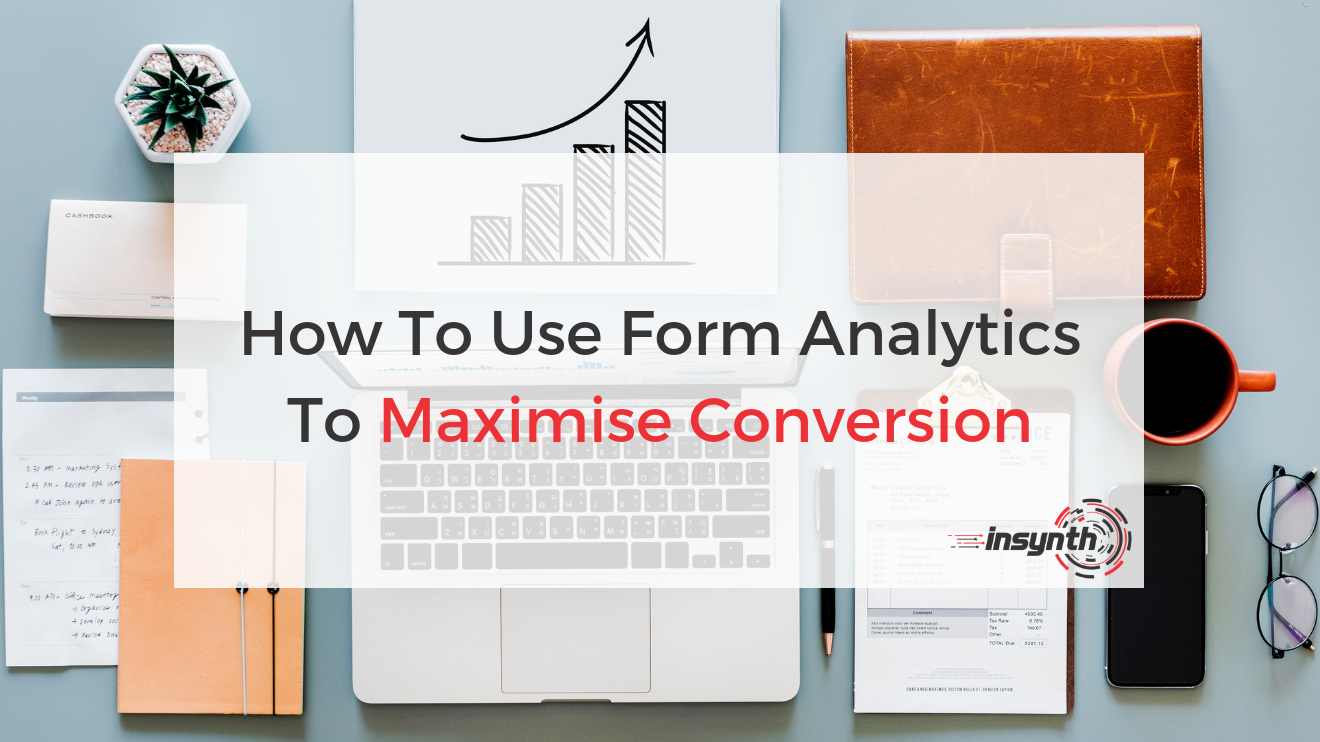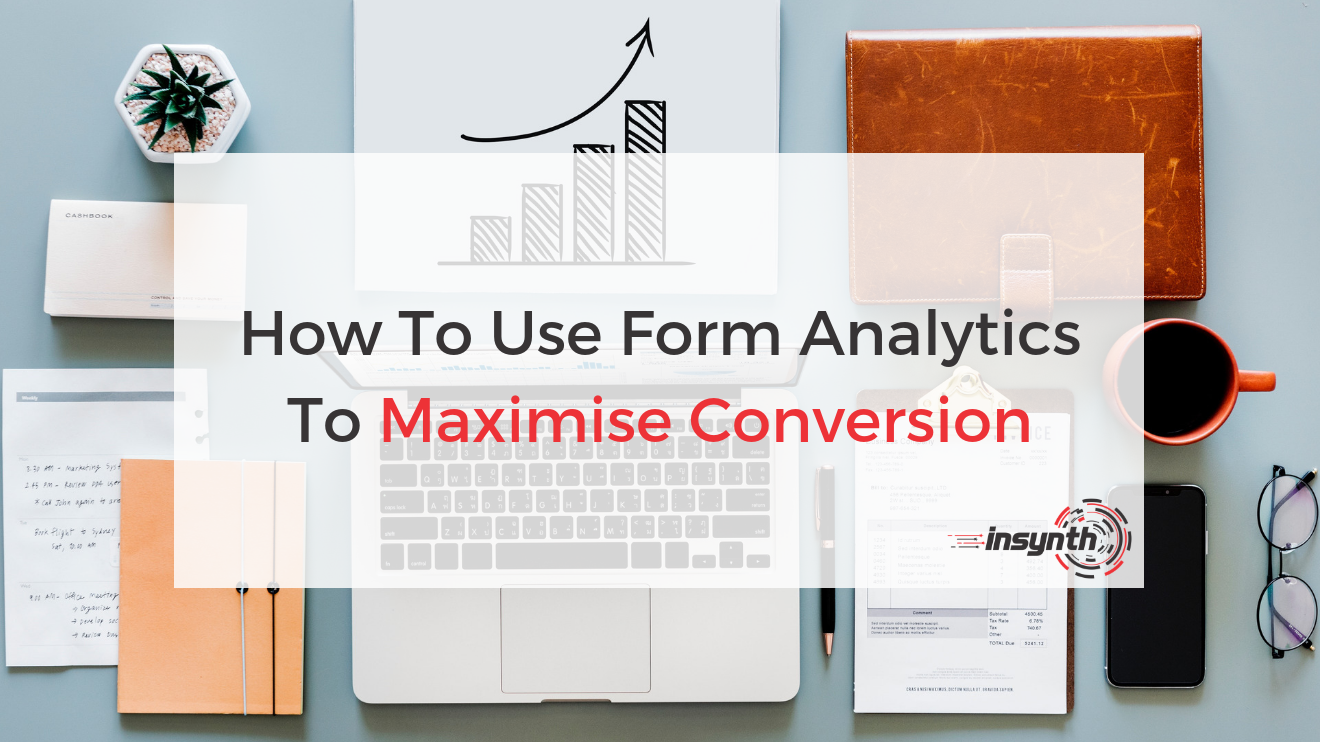2 min read
How To Use Form Analytics To Maximise Conversion
Charlotte McCormac
:
30-Oct-2018 09:42:22


Well-designed online forms convert website visitors into leads, which is why they should be core to your building product brand’s lead generation strategy.
Once a visitor provides their details, it’s important to nurture them throughout their buying process until a sale has been closed and you’ve exceeded their customer service expectations.
But you can’t close sales unless your forms are generating high-quality leads. Here are the tips and tricks you need to use form analytics to ensure that the forms on your building products website convert successfully.
What Are Form Analytics?
Form analytics comprise analytical processes that measure the ways in which website visitors engage with forms. This data facilitates research into optimising form conversion rates. When you use form analytics to monitor user engagement around your online forms, you can identify the best ways to adapt your forms for increased conversion.
Insynth collect and analyse form analytics to identify the best ways to maximise conversion, and subsequently, sales.
Optimised Forms
67% of people who start to fill out forms don’t complete them.[1] This is often because many forms aren’t user friendly. If your form analytics show that certain fields are avoided by your visitors, consider whether your forms are guilty of the following:
- It’s not clear which fields are required, and which are optional.
- It’s not clear how data should be entered e.g. spaces in telephone numbers and sort codes.
- Labels aren’t provided with fields that need more explanation.
- Error messages are unclear and confusing.
- The form is so long, it’s off-putting.
It’s a good idea to limit forms to fields that users are quick to fill in; these tend to be details that they know without having to check, details that aren’t particularly personal and details that don’t require lengthy answers.
Usually, the shorter the form, the better.
Including A Call To Action
Once your visitors have completed the form, they need to click the all-important call to action to submit their data and receive whatever it is that they’re signing up for… a meeting, a demo, a downloadable guide…
But if the call to action doesn’t prompt something that excites them, they’re unlikely to submit the form. Think about what it is that your prospects need, and use clear, action-orientated language to express this in your call to action.
If your forms aren’t generating healthy conversion rates, try bigger calls to action, as well as different colours and styles.
It’s not all about visual design though. You can also the consider the psychology behind your language. Try using language that creates a sense of urgency or exclusivity. Make it clear to your visitors that your offer won’t be available for long, or that they’re part of an exclusive list of recipients. You can A/B test calls to action to identify the language that has the most positive impact on your conversion rates.
How Do I Install a Form Analytics Platform?
Insynth will manage top-of-the-range form analytics software for your building products company to continuously analyse your data and improve your form conversion rates.
You’ll be able to see (in real time) when visitors abandon your forms, how long they spend online before they fill out a form, how long it takes them to fill out a form, the fields they amend most frequently and the order in which they complete the fields.
From this data, Insynth will identify which fields are user friendly and which are stunting your conversion rates. With Insynth, your forms will be continuously optimised for maximum conversion.
Related Articles
■ Construction Marketing Tips: Buyer Profiles & Buyer Personas
|
About Insynth
Insynth Marketing is a leading UK construction marketing consultancy based in Shifnal in the West Midlands. Insynth employ the latest inbound marketing techniques such as construction inbound marketing, to help building product manufacturers grow their businesses by aggressively driving sales lead generation activity.
As the only HubSpot certified agency to major on construction marketing, we bring together construction marketing strategy, digital strategy, website design, SEO, content marketing, email marketing, sales automation, marketing automation and HubSpot CRM implementation to produce successful campaigns and great results for our clients.
Book Your Free Consultation Today
[1] https://www.formisimo.com/form-conversion-rate-optimisation (accessed 29/10/18)

